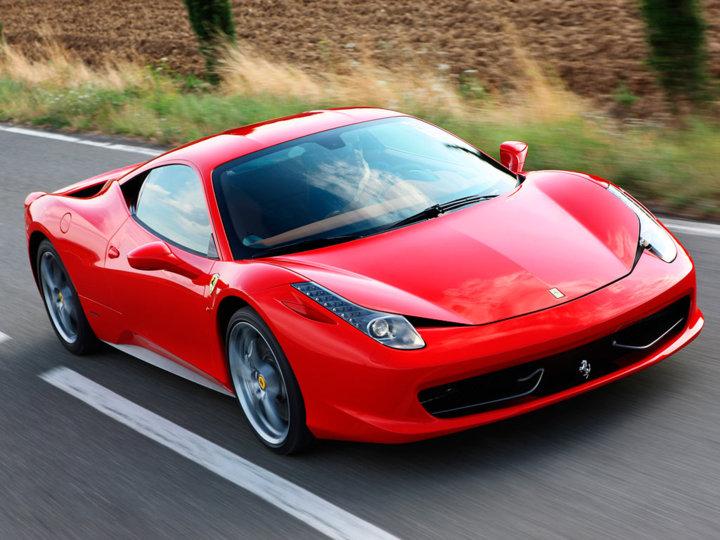
For much of Ferrari’s lauded history, it was a V12 company and nothing else. A V12 at the back and rear-wheel-drive are as much a part of Ferrari’s ethos as red paint and prancing horses.
Even though Ferrari introduced its first V8 in the D50 Formula One car in 1954, the Italians have preferred 12-cylinder engines in the majority of their “road” cars, such as the legendary F50, 599, Enzo, FF, F12, and the new LaFerrari.
And yet, in 2014, Ferrari has more V8-powered production cars than V12s. We also have Ferrari’s first hybrid vehicle, the 950-horsepower hypercar known simply as LaFerrari. Clearly, we are in the midst of a shift in Ferrari’s mentality, but that’s not a bad thing: this might be one of the best times to be a Ferrari fan in the company’s history.
Need proof? LaFerrari is the most technologically advanced and most powerful vehicle Ferrari has ever produced, production car or otherwise, and the Ferrari FF and California T are racking up awards faster than Meryl Streep at the Golden Globes.
Then there’s the 458 Italia, which, in my opinion, deserves a mention in the “best Ferrari ever made” discussion. It’s everybody’s favorite supercar, having won Top Gear’s “Car of the Year” award in 2009, Motor Trend’s “Best Driver’s Car” trophy in 2011, and the “Best Performance Engine” accolade in 2011. The 458 debuted in 2009, but Ferrari isn’t done improving it yet.
According to a report by Car Magazine, the 458 will house a version of the California T’s turbocharged, 552-hp 3.8-liter V8 as a part of its mid-life revision in 2015. Given that the current 458 has a 570-hp naturally aspirated unit, the California’s engine will likely be massaged for extra power. Car Magazine estimates a power output of around 670 horses.
The biggest change in the new 458 will not be how fast it accelerates to 60 mph, but the manner in which it does so. Turbo cars simply drive differently than naturally aspirated cars. But if there’s any consolation for fans of independent breathing, the California T has no discernible turbo lag and has special three-piece exhaust manifolds to make it sound more like an Italian supercar and less like an old Volkswagen.
Will we miss the high-revving, naturally aspirated engines of Ferrari’s past? Absolutely. They are a part of Ferrari’s soul. But if the new, 670-horsepower 458 is any indication of Ferrari’s future, your nostalgia might have trouble keeping up.


